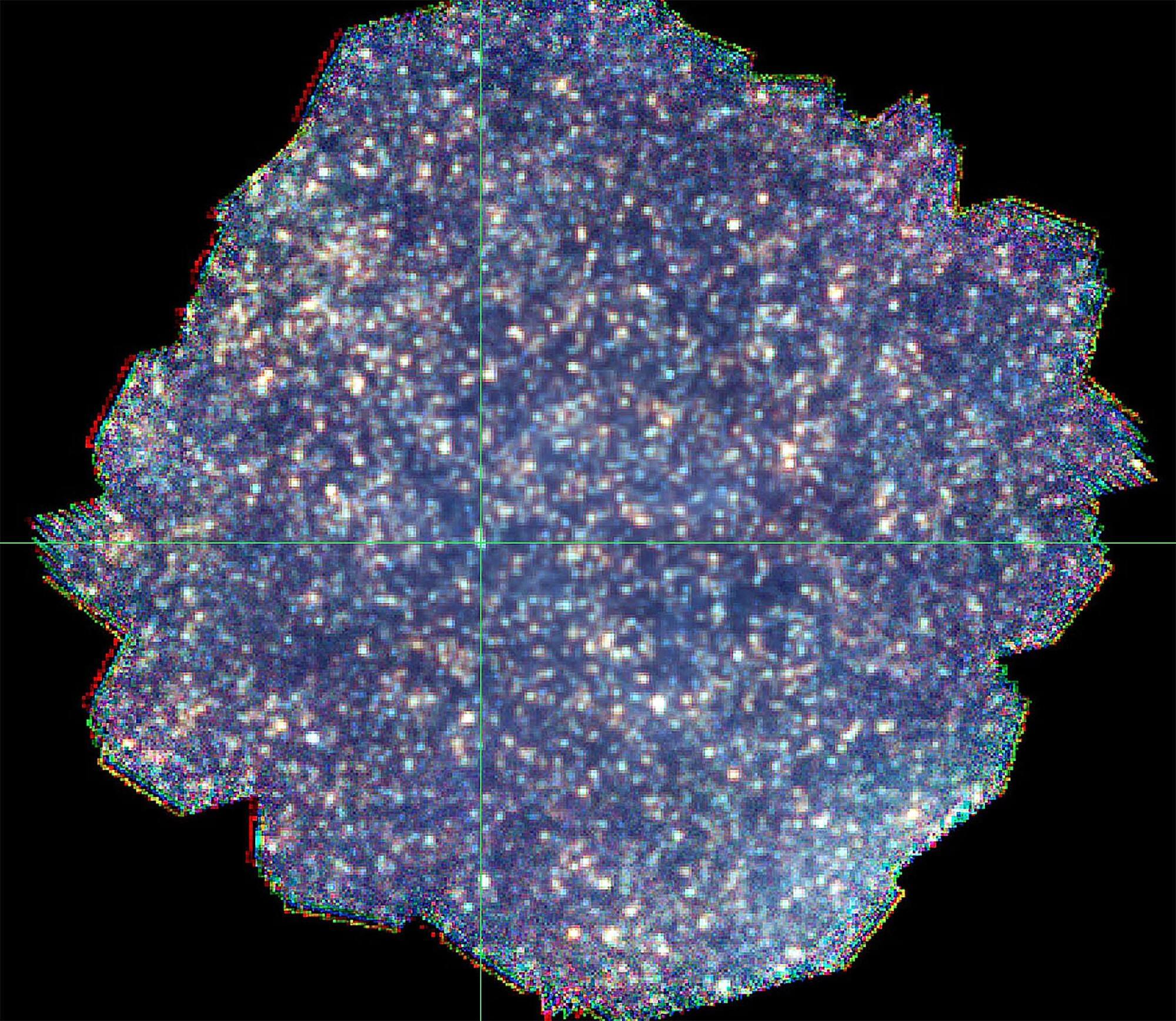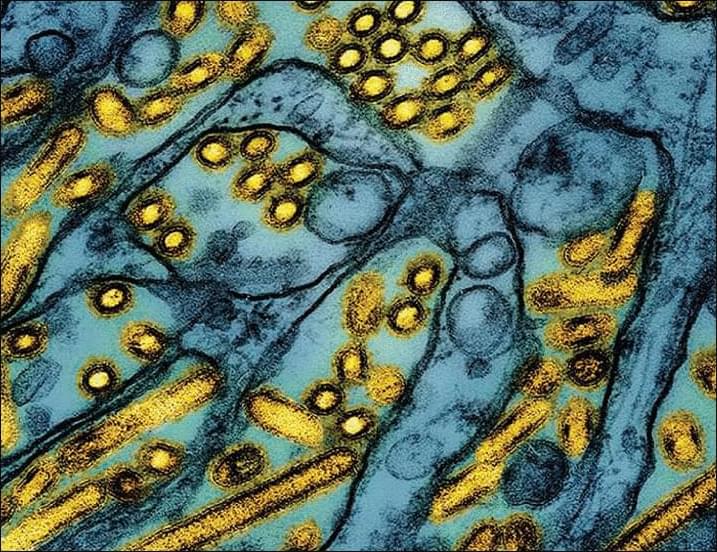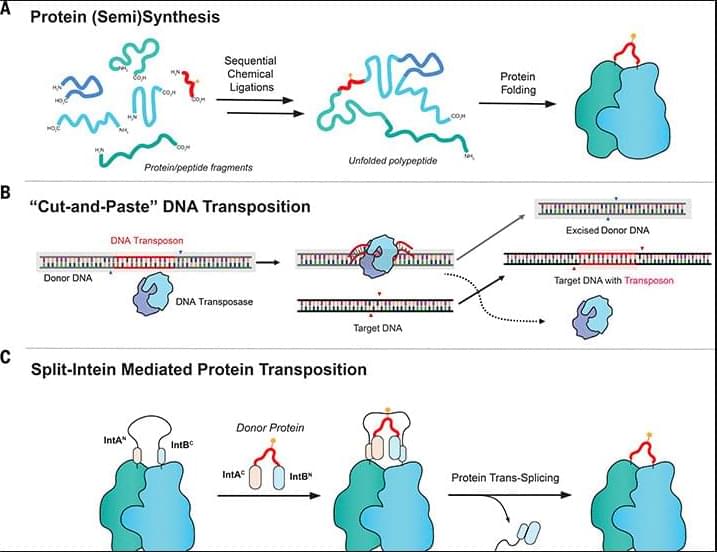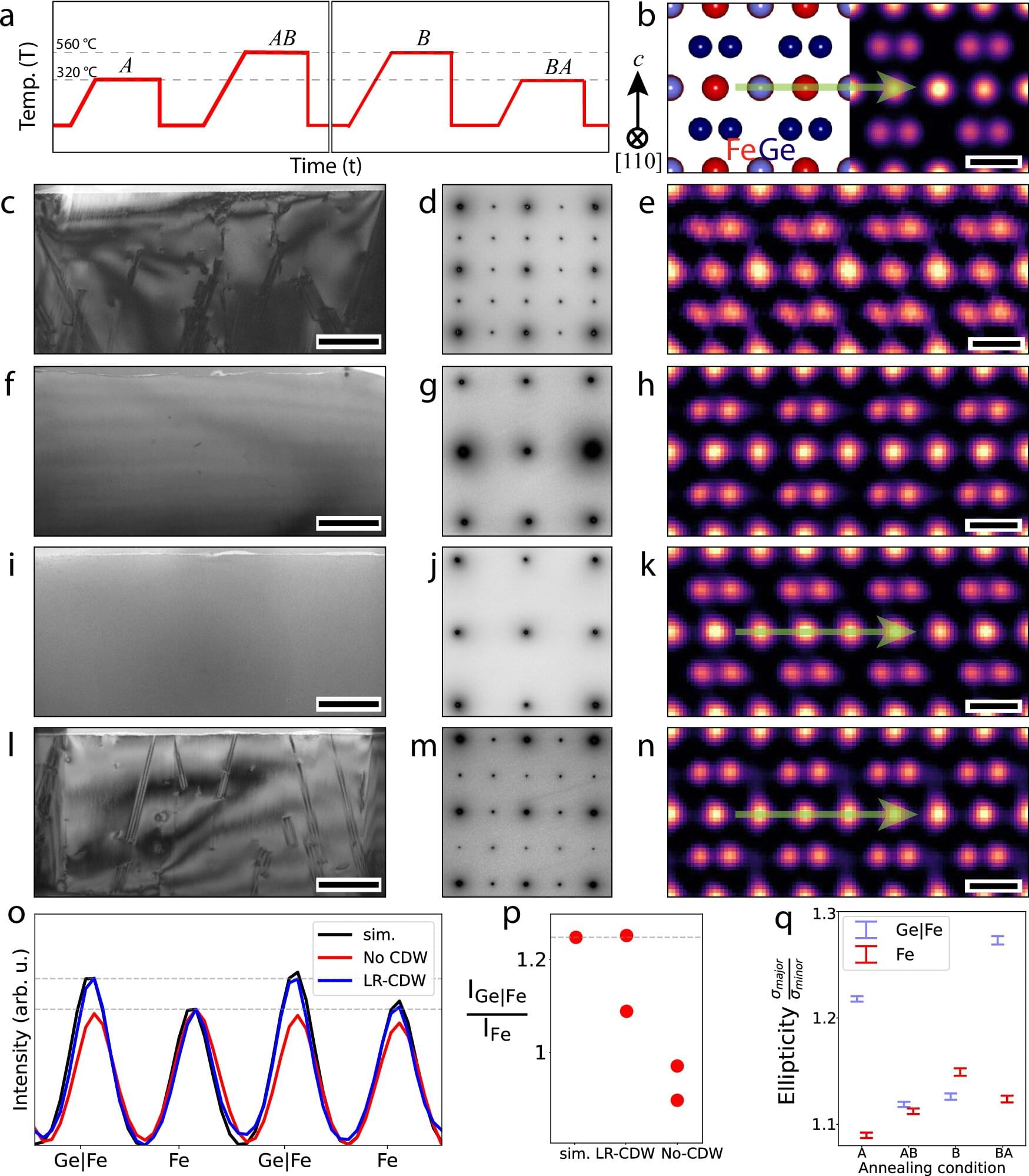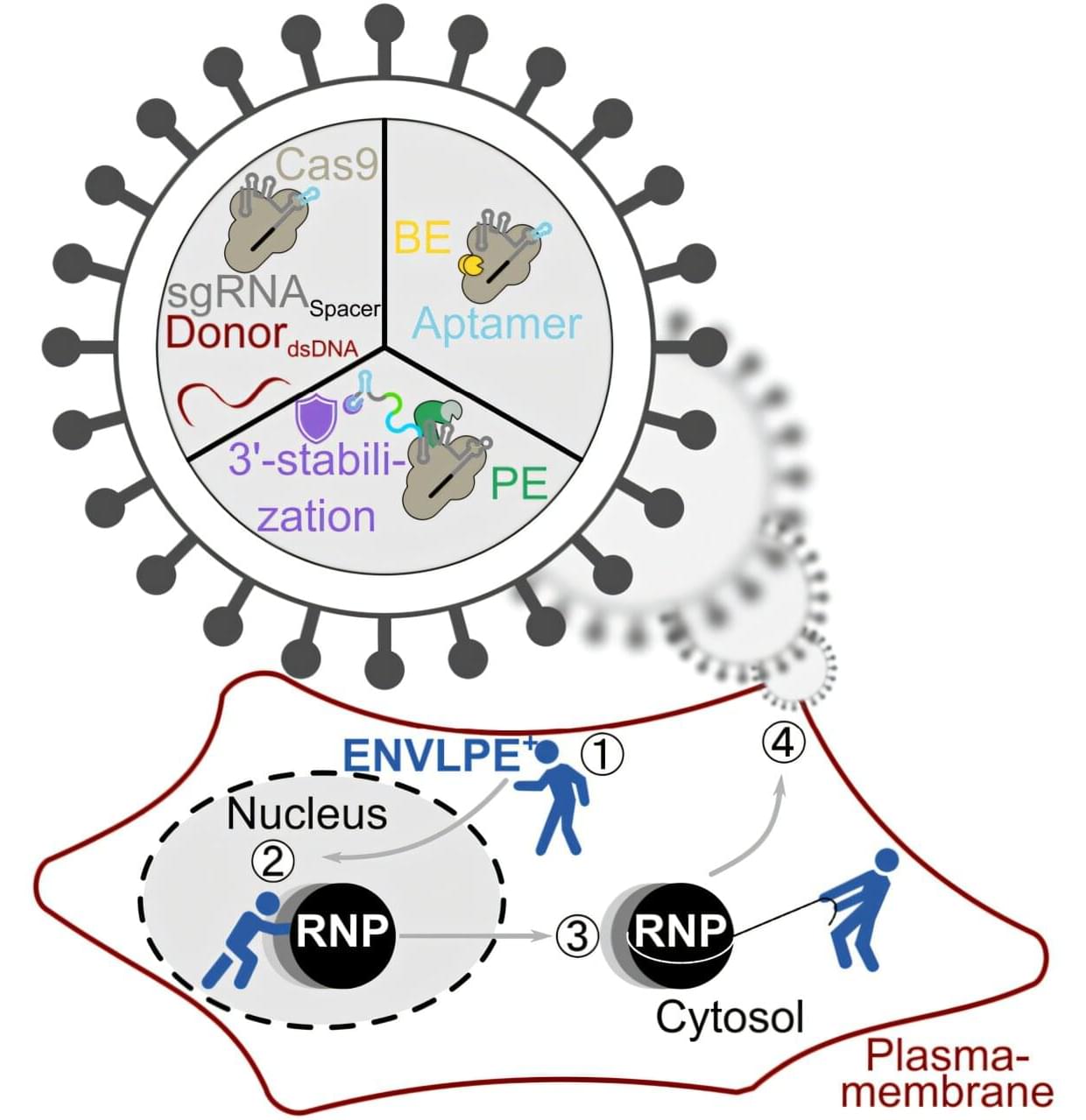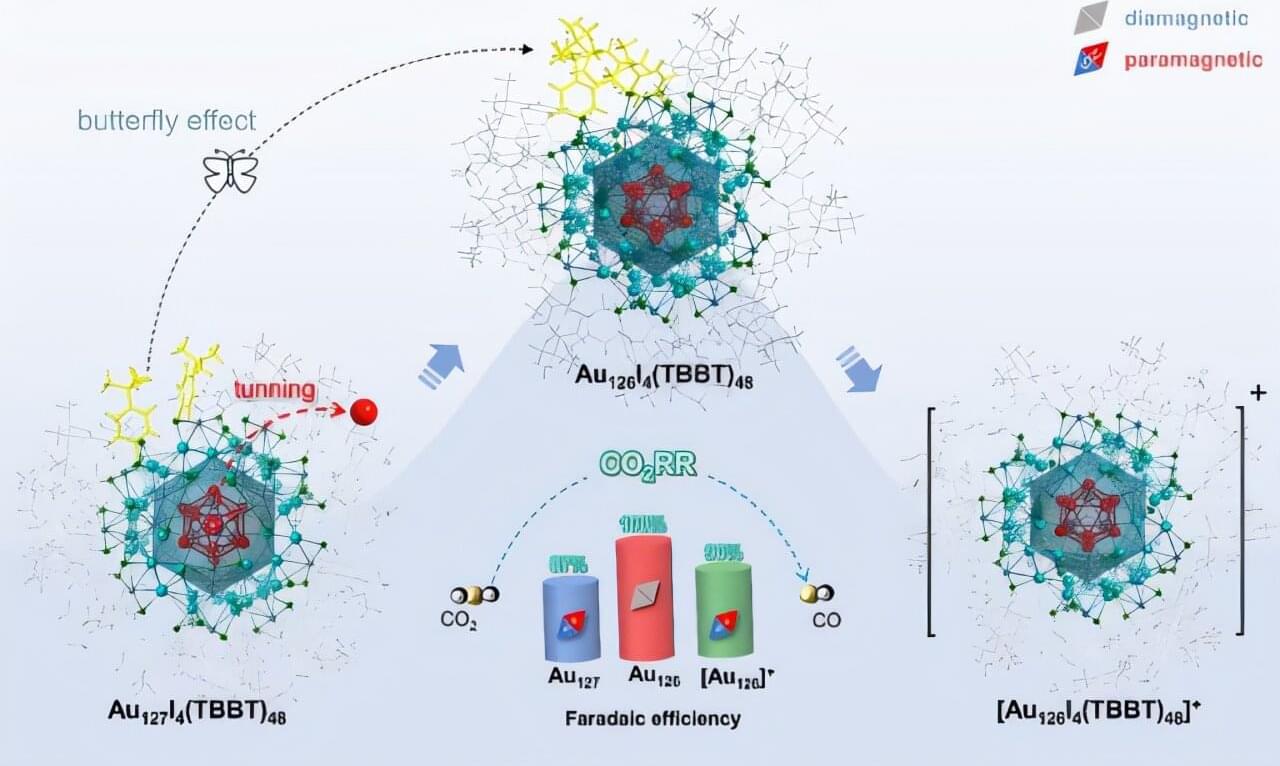A new multimodal tool combines a large language model with powerful graph-based AI models to efficiently find new, synthesizable molecules with desired properties, based on a user’s queries in plain language.
Researchers mapped a far-infrared landscape brimming with nearly 2,000 galaxies. There may be “hidden galaxies” lurking just out of sight.
A vivid digital reconstruction has brought to life the face of a Mycenaean woman who lived over 3,500 years ago, offering an unusually poignant glimpse into the world of ancient Greece, from long before the time of Homer or the Trojan War.
This ambitious project was launched at the initiative of Dr. Emily Hauser, a historian and lecturer in Classical Studies at the University of Exeter. The final image, she said, was both “incredibly exciting” and “unexpectedly modern.”
“For the first time, we are looking into the face of a woman from a kingdom associated with Helen of Troy —Helen’s sister, Clytemnestra, was queen of Mycenae in legend—and from where the poet imagined the Greeks of the Trojan War setting out,” Dr. Hauser explained in an interview published in the Daily Mail.
Exotic locales abound in April’s new SF novels: Wakanda, the Klingon Empire, and… the Huntington Library in near-future Los Angeles County?
This may be the next big pandemic not for birds but for humans as it has crossed the barrier to affect humans now.
View all access options to continue reading this article.
Protein engineering through the ligation of polypeptide fragments has proven enormously powerful for studying biochemical processes. In general, this strategy necessitates a final protein-folding step, constraining the types of systems amenable to the approach. Here, we report a method that allows internal regions of target proteins to be replaced in a single operation. Conceptually, our system is analogous to a DNA transposition reaction but uses orthogonal pairs of engineered split inteins to mediate the editing process. This “protein transposition” reaction is applied to several systems, including folded protein complexes, allowing the efficient introduction of a variety of noncoded elements. By carrying out a molecular “cut and paste” under native protein-folding conditions, our approach substantially expands the scope of protein semisynthesis.
Explore millions of resources from scholarly journals, books, newspapers, videos and more, on the ProQuest Platform.
A new study published in Nature Communications April 7 could reshape the future of magnetic and electronic technology. Scientists at Rice University have discovered how a disappearing electronic pattern in a quantum material can be revived under specific thermal conditions. The finding opens new doors for customizable quantum materials and in-situ engineering, where devices are manufactured or manipulated directly at their point of use.
Led by Pengcheng Dai, the Sam and Helen Worden Professor of Physics and Astronomy, the researchers uncovered the cause behind a vanishing electronic phenomenon in a class of crystalline materials known as kagome lattice, a geometric arrangement of corner-sharing triangles named after a traditional Japanese basket pattern.
This discovery reveals how heating methods impact the presence of a charge density wave (CDW), a quantum pattern of electron arrangement, in the kagome metal iron germanide (FeGe). It also demonstrates how its reappearance enhances magnetic and electronic properties.
A research team from Helmholtz Munich and the Technical University of Munich has developed an advanced delivery system that transports gene-editing tools based on the CRISPR/Cas9 gene-editing system into living cells with significantly greater efficiency than before. Their technology, ENVLPE, uses engineered non-infectious virus-like particles to precisely correct defective genes—demonstrated successfully in living mouse models that are blind due to a mutation.
This system also holds promise for advancing cancer therapy by enabling precise genetic manipulation of engineered immune cells, making them more universally compatible and thus more accessible for a larger group of cancer patients.
The work is published in the journal Cell.
Recently, a team of researchers from the Hefei Institutes of Physical Science of the Chinese Academy of Sciences (CAS) consecutively removed the innermost atom and the outermost electron of a gold nanoparticle—without disturbing its overall structure. This precise manipulation allowed them to probe how the magnetic spin of the material influences its catalytic activity.
The work, led by Prof. Wu Zhikun in collaboration with Prof. Yang from the Institute of Process Engineering, CAS and Prof. Tang from Chongqing University, was published in Science Advances.
Gold nanoclusters—tiny particles composed of from a few to hundreds of gold atoms —are ideal models for studying how atomic structure affects material properties. But tuning the structure of such clusters atom by atom, especially when they’re relatively large and complex, has long been a major challenge.

